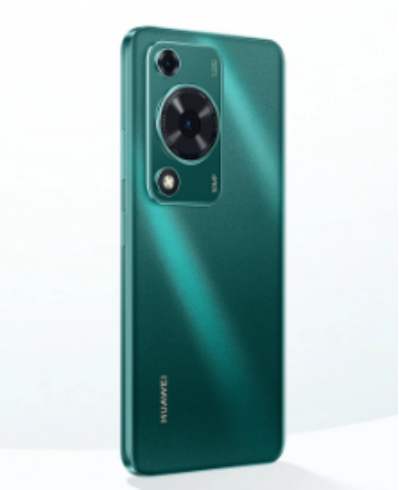In the rapidly evolving world of technology, the smartphone has become an indispensable part of daily life, influencing how we communicate, work, and entertain ourselves. However, the journey of smartphone pricing over the years has been a rollercoaster, marked by groundbreaking innovations and fierce competition among manufacturers. This article delves into the factors influencing smartphone prices, trends over the past decade, and what consumers can expect.

Analyzing the smartphone price trends
The release of Android phones redefined consumer expectations and set off a technological arms race among manufacturers to offer devices that could do more, look better, and ultimately replace a wide array of electronic devices. This competition led to rapid technological advancements but also increased prices. High-end smartphones became showcases of the latest technology, with prices steadily climbing as new features like touch screens, app stores, and high-resolution cameras were introduced. Here is detail about the smartphone prices with different perspectives:
Price Divergence: The High-End vs. The Budget-Friendly
As the smartphone market matured, a notable trend emerged: the widening gap between high-end and budget-friendly devices. On one end of the spectrum, luxury models boasted cutting-edge technology and premium materials. These commanding prices soared above the RM 899.00 mark. On the other hand, the market saw the rise of affordable smartphones that offered commendable performance and features, catering to a broader audience. This divergence is partly due to the smartphone market saturation in developed countries, where manufacturers must continuously innovate to convince consumers to upgrade their devices. Meanwhile, in emerging markets, the demand for affordable smartphones such as huawei nova Y72 has fueled the growth of brands specializing in budget-friendly models, enabling a larger population to access smart technology.
The Role of Innovations and Market Forces
The escalating costs of flagship smartphones can be attributed to several factors, including using advanced materials, integrating sophisticated technology, and adopting innovative manufacturing processes. Features like edge-to-edge displays, biometric security, and multi-lens camera systems require significant investment in research and development, contributing to higher prices. Moreover, market forces play a crucial role in shaping smartphone prices.
Looking to the Future: What Can Consumers Expect?
The smartphone industry is poised at an interesting crossroads as we look ahead. The advent of new technologies such as foldable screens such as huawei mate X3, 5G connectivity, and AI-powered functionalities promises to redefine what smartphones are capable of, potentially driving prices higher. However, there's also a growing consumer demand for sustainability and longevity in devices, which could shift market strategy towards more durable, repairable, and upgradable models. Moreover, the competitive landscape, especially with the rise of brands offering high-quality devices at lower prices, is likely to exert downward pressure on prices, making technology accessible to a wider audience.

Conclusion
We hope we guided you well on the smartphone price. While the cost of owning the latest high-end smartphone has indeed shot up over the years, the overall value proposition of smartphones has dramatically improved, offering consumers a wide range of options depending on their needs and budget. As the industry evolves, it will be interesting to see how pricing trends adapt to the changing consumer demand landscape and technological innovation.
